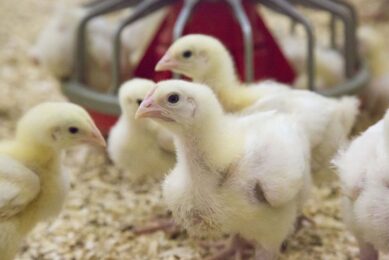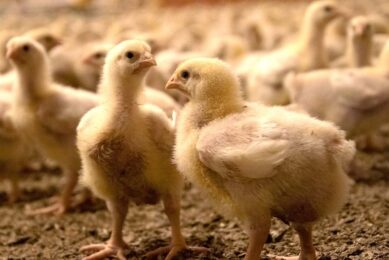Mycotoxins; a continuous problem?
Mycotoxins are a diverse group of secondary fungal metabolites produced by different fungi. Hundreds of mycotoxins have been chemically identified but the toxicity, occurrence, and target organs vary. But despite the increase in the occurence there has been a decline in research. WHY?
Mycotoxins are a diverse group of secondary fungal metabolites produced by different fungi. Hundreds of mycotoxins have been chemically identified but the toxicity, occurrence, and target organs vary.
Although the economic costs of mycotoxins are impossible to accurately determine, annual economic losses (on a global basis) in animal production industries due to mycotoxins could be as much as several hundred billion dollars.
Diagnosis of mycotoxicoses, diseases caused by mycotoxins, in animals is difficult as they may be similar to diseases with other etiologies. It is well known that grains infected by fungi in the field or during harvest or storage can produce multiple mycotoxins .
Increased frequency of multiple mycotoxin contamination
This situation may occur especially in animal feeds compounded from grain ingredients produced in different geographic regions. Multiple mycotoxin contamination has become a greater concern to poultry industry in recent years due to more frequent reports by analytical laboratories. The occurrence of single mycotoxin contamination seems to be rare.
It appears that there has been an increasing trend in the severity and economic importance of mycotoxins in recent years and trading of agricultural commodities at global level might have contributed to this trend.
Decline in mycotoxin research
There has been, however, a decline in mycotoxin research with relevance to the poultry industry. Why?
Do we have a comprehensive understanding of mycotoxins and as a result, we do not need to do any more research or lack of funding is the main reason? Do you, as an individual involved in the poultry industry, think that mycotoxins can be problematic for your business in your country? Where is the position of mycotoxins in classification of influential factors in today’s modern poultry production?
How accurate are the analytical methods?
Although some preventative strategies can reduce mycotoxin formation, it is quite simplistic to think that the problem is over. We still have problem with the way that we take samples from ingredients/finished feeds. Is your submitted sample for analysis representative of whole batch? Are mycotoxin concentrations in analyzed sample the same as the whole batch? How about analytical methods used?
Determination of mycotoxin concentrations in feed samples is a highly variable task. It has recently been shown that “masked” mycotoxins in which the toxin is conjugated to glucose can escape routine detection methods but can undergo hydrolysis releasing free mycotoxins in the intestinal tract. This might contribute to an underestimation of the total amount of mycotoxins in the feed samples. As I mentioned earlier, it is quite obvious that we can not prevent formation of mycotoxins but what you do now to reduce the adverse effects of mycotoxins in your farm/ feed mill?
Join 31,000+ subscribers
Subscribe to our newsletter to stay updated about all the need-to-know content in the poultry sector, three times a week. Beheer
Beheer








 WP Admin
WP Admin  Bewerk bericht
Bewerk bericht